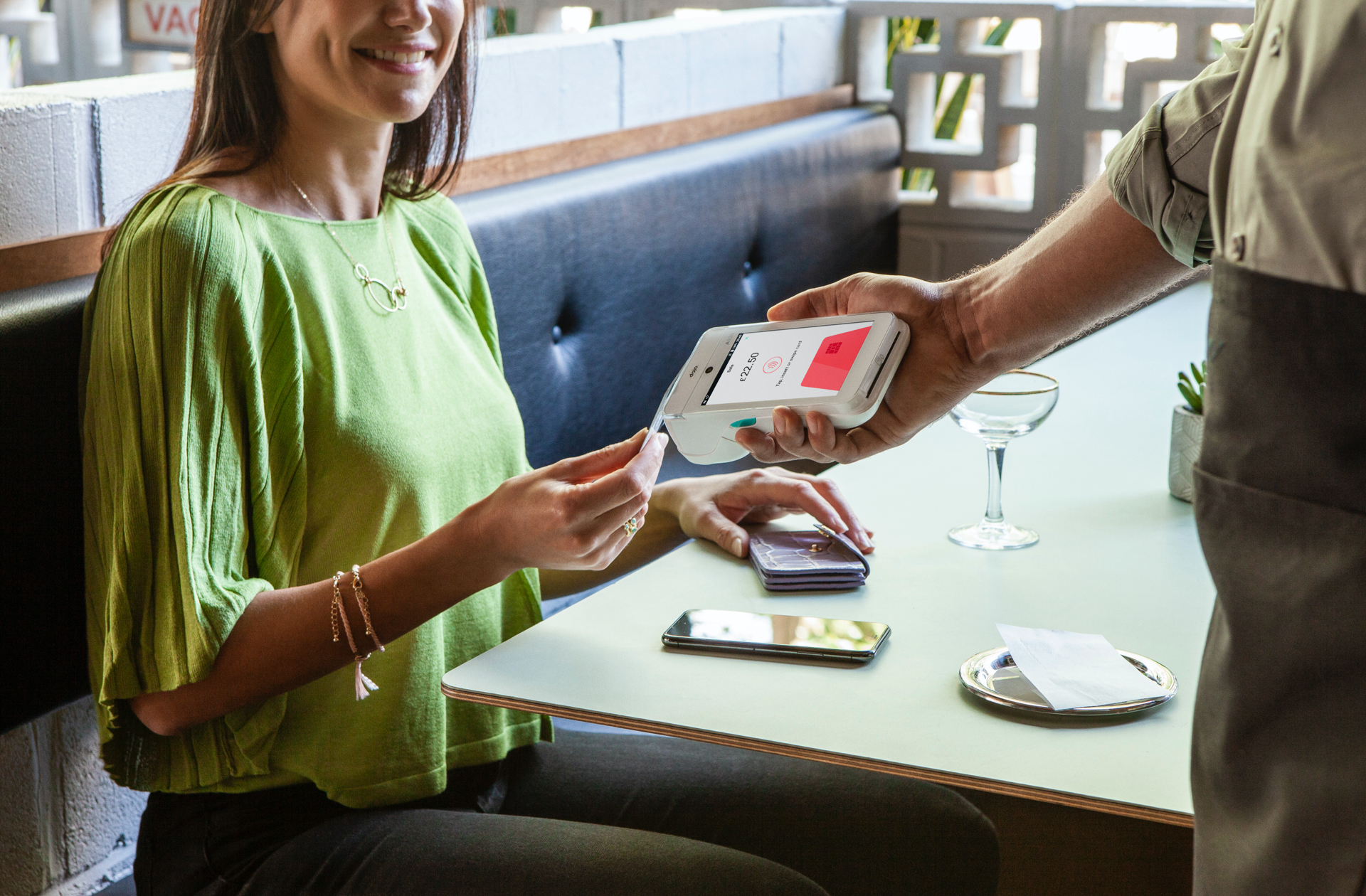In April 2020, the Finance Conduct Authority (FCA) and UK Finance industry leaders agreed to increase the contactless limit from £30 to £45 in the UK and parts of Europe. This change was decided as a response to the increased usage of contactless payments, to help stop the spread of coronavirus – and was welcomed by consumers and merchants alike.
Card payments have been a consumer preference for a few years – in 2019, only 23% of all payments were made using cash, a considerable decline from the 60% of cash transactions in 2018.
Unsurprisingly, in the early period of the coronavirus pandemic in the UK, card usage rapidly accelerated across new demographics. LINK ATM reported cash withdrawals had dropped by 60% year-on-year in March 2020 as people stayed at home.
On October 15th 2021, the contactless limit increases to £100 to 'keep pace with consumer and merchant expectations'.
What could the increase mean for consumers?
As the population shifts heavily towards card-only, many consumers will welcome the convenience that a higher contactless limit offers.
It may not be as much as a behavioural shift as we might think, as more and more of us are going PIN-less. In fact, in August 2020, when Rishi Sunak introduced the 'Eat Out to Help Out' scheme the UK spent £8.4bn using contactless alone in that month.
If the majority of consumers are already using contactless, what about the limit increase?
The concern about the increase to a £100 contactless limit may fail to recognise the public's already current desire to pay for larger value items without entering their PIN.
Digital wallets, such as Apple and Google pay do not have the same £45 limit as cards do. It's estimated that last year Apple Pay grew its usage by 65 million people globally, and there were 507 million people with it activated on their iPhones in 2020.
This means many of us already use contactless to buy things like clothing, furniture and jewellery – as well as lower-value everyday purchases such as coffee.
Are there security risks to consumers by increasing the limit?
It's important to note that no method of payment is entirely secure, and this includes contactless.
But contactless payments are no different to chip and PIN in the high-levels of security they both offer, so contactless payments offer no added security risk when paying for higher-value items.
But the question remains about how the industry can protect cardholders, should someone steal their card from them.
We know that the UK's fraud rates for contactless are low, UK Finance reporting only 2.7p out of every £100 in 2019, and the reports of contactless fraud dropped in 2020 with less opportunity for thieves as in-store spend was lower during lockdowns.
But to combat fraud at the moment, there are limits to the number of times you can make contactless card payments.
Strong Customer Authentication (SCA) regulation means cardholders will usually enter their PIN after the fifth consecutive contactless payment, or if the sum of successive transactions exceeds £150.
If the threshold increases to £100, the regulators and schemes will need to rethink these regulations – without undermining the new ease-of-use that an increased contactless limit would bring.
How could the increase impact merchants?
With contactless payments increasing rapidly for both hygiene and convenience, the second limit increase from £45 to £100 could make small business owners and their customers lives easier – if they have the right technology in place. Here are the advantages of accepting higher threshold contactless transactions as a retailer:
It could cut down queues
Consumers are now both used to and comfortable with tapping their smartphone or card for purchases. It's speedy and straightforward for both parties.
During peak hours, there may be large queues of customers waiting to pay. Add up those extra few minutes saved from a customer not needing to enter their PIN, and it could mean faster service and more sales, in less time.
Customers are already used to limitless contactless spending
Around 1 billion people were expected to be using mobile payments globally in 2020, a number forecast to increase yearly. Apple, Google and Samsung Pay all allow consumers limitless contactless spending, so they're used to the convenience of it. If contactless card payments don't keep up with consumer needs, they could soon be left behind.
It cuts down unnecessary contact
During the pandemic, people should limit their contact points to help stop the spread – and most customers could feel more comfortable and safe using contactless where they can. Plus, if fewer people are touching a PDQ machine it may need wiping down less often.
What should merchants do to protect themselves and their customers?
While there are undoubtedly multiple benefits to increasing the contactless card limit, some shoppers may worry about the security risks or costly mistakes. Merchants can do a few things to ensure that customers paying for higher value items trust they have their security in mind.
Show the transaction total on a screen
Contactless tapping is often fast, and consumers can forget to check the card machine screen to see how much they've been charged. This can lead to nasty surprises down the line.
To make sure the transaction total is what the customer expects, it should be made clear. Merchants can show the customer the total on the EPOS screen, and verbally communicate it to customers before they tap.
Always offer receipts
Consumers are more likely to skip the paper receipt for their daily coffee as it becomes a waste-product. But with higher-value purchases made on contactless, customers should always have a proof of purchase so they can check their statements and keep track of their outgoings.
This may help small businesses avoid merchant chargebacks. If customers see an unfamiliar charge from a contactless transaction that they forgot about, retailers and shoppers will both have proof of purchase.
Become PCI DSS compliant
PCI DSS compliance stands for Payment Card Industry Data Security Standard, and it's a mandatory requirement for all business owners accepting credit and debit cards. It's a commitment to keep customers' data safe from fraudulent activity.
All Dojo card machines use point-to-point encryption (P2PE). It's the most rigorous security standard and protects businesses and their customers from card fraud. And because it's so secure, becoming PCI compliant is now much more straightforward. Find out more in our guide to PCI compliance.
If you're yet to accept card payments in your small business, find out more about Dojo merchant account services.


